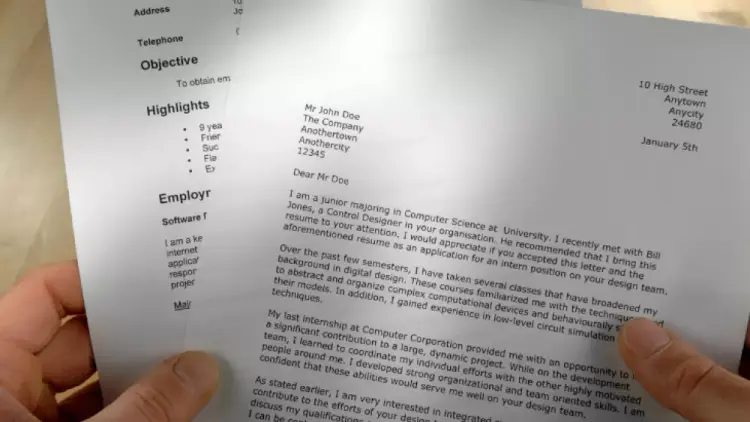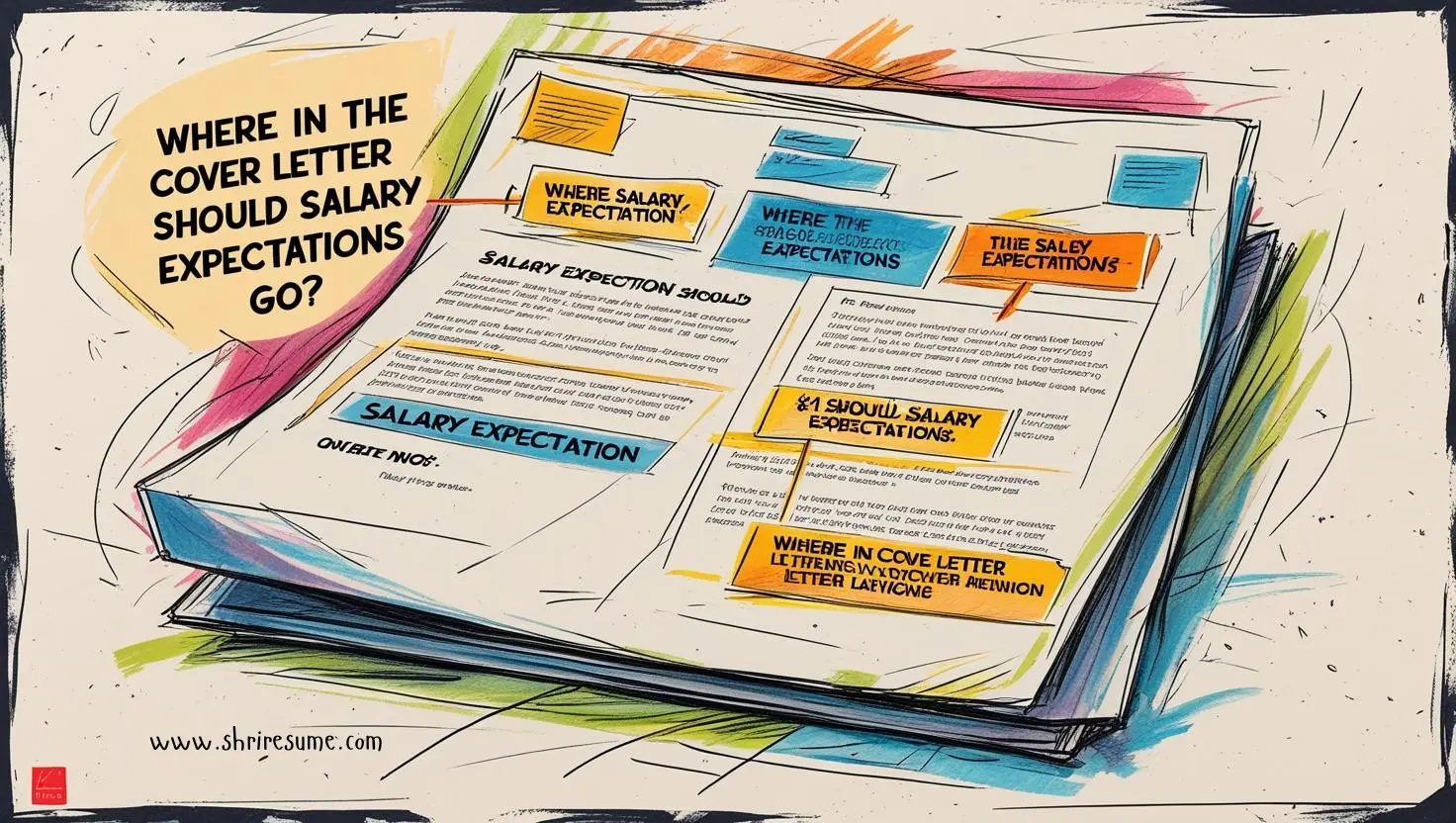💼 How to Include Salary Expectations in a Cover Letter (With Examples)
Writing a compelling cover letter involves many key elements—highlighting your skills, aligning your experience with the job description, and expressing genuine interest in the company. But one part of the process often leaves candidates uncertain: whether and how to include salary expectations in a cover letter.
Done correctly, including salary requirements can show confidence, professionalism, and honesty. But if done poorly, it can price you out of consideration or make you seem inflexible. In this guide, we’ll break down when to include salary expectations, how to word them strategically, and the best ways to research and present your desired compensation.

❓ Should You Mention Salary Expectations in a Cover Letter?
Only if the job description explicitly asks for it.
Most career experts recommend not including salary expectations unless requested. Here’s why:
- 💰 You could price yourself too high, removing yourself from consideration.
- 💸 You might lowball yourself, leaving money on the table.
- 🎯 It shifts focus from your qualifications and enthusiasm to compensation.
If the job ad does ask for it, however, skipping this request might make your application incomplete.
📝 How to Include Salary Expectations in a Cover Letter
✅ 1. Use a Salary Range, Not a Specific Figure
Avoid giving a fixed number. Instead, offer a salary range based on research and your comfort level. This shows flexibility and realism.
Example:
“Based on my experience and industry averages, I am seeking a salary in the range of $60,000 to $70,000. However, I am open to discussing compensation in line with the role’s responsibilities and overall package.”
✅ 2. Emphasize Flexibility
Employers appreciate candidates who are open to discussion. Make it clear that salary is only one part of your decision-making process.
Example:
“While I anticipate compensation in the range of $85,000 to $95,000, I am flexible and open to negotiating depending on the benefits and expectations associated with the role.”
✅ 3. Keep It Professional and Brief
Place your salary statement in the final paragraph of your cover letter. Keep it short and don’t dwell on it.
Example:
“Regarding salary, I expect compensation in the range of $70,000 to $80,000, based on my qualifications and the scope of the role. I look forward to discussing this further in an interview.”
📊 How to Calculate Your Salary Expectations
To avoid guessing and ensure you’re offering a reasonable range, use the following strategies:
🔍 Research Salary Trends
Leverage these tools for accurate insights:
- Glassdoor
- Payscale
- Salary.com
- U.S. Bureau of Labor Statistics (BLS)
Filter by:
- Location
- Years of experience
- Education level
- Industry
📍 Consider Geographic Factors
Location matters. A $70,000 salary in San Francisco won’t stretch as far as it would in a smaller town.
If you’re applying for a remote position, determine whether the company adjusts pay based on your location or theirs.
🎓 Factor In Your Experience and Skills
- Do you bring specialized, in-demand skills?
- Have you led teams or managed budgets?
- Are you certified in key software or processes?
The more value you bring, the more leverage you have.
✍️ Sample Paragraphs for Your Cover Letter
Use one of these examples depending on your experience and tone:
🎓 Entry-Level Example
“As a recent graduate with a background in data science and internship experience, I am seeking a starting salary between $50,000 and $55,000, depending on the full job responsibilities.”
💼 Mid-Level Example
“With over 6 years of marketing experience and a record of improving campaign ROI, I expect compensation in the $70,000 to $80,000 range. I remain flexible based on total benefits and growth opportunities.”
🧑💼 Executive Example
“Given my 10+ years of leadership experience in financial services, including managing $10M+ portfolios, I would anticipate a salary in the range of $120,000 to $140,000, subject to discussion based on the overall offer.”
⚠️ Common Mistakes to Avoid
- ❌ Including salary when not requested — Can seem presumptuous.
- ❌ Quoting too low or too high — Could signal inexperience or poor market research.
- ❌ Being inflexible — Phrases like “non-negotiable” are off-putting.
- ❌ Making it the focus — It’s still a cover letter, not a negotiation table.
✅ Best Practices Recap
| Do’s | Don’ts |
|---|---|
| Offer a researched salary range | Give a single fixed number |
| Keep it brief and polite | Make it the focal point |
| Emphasize flexibility | Demand or seem entitled |
| Place it near the end of the letter | Lead with salary expectation |
| Support your ask with experience | Guess or base it on assumptions |
📬 Where in the Cover Letter Should Salary Expectations Go?

Place it in the closing paragraph, ideally right before your call to action. This ensures it doesn’t distract from your skills and enthusiasm.
💼 Other Alternatives If You’re Unsure
If you’re uncertain about including salary but feel pressured to say something, try more general language:
“I am open to a competitive salary aligned with the industry standards and the scope of the role. I would be happy to discuss compensation further in the interview.”
This kind of phrasing keeps the door open without locking you into a specific range.
Final Thoughts
Salary is one of the most important decisions in your job search—but it must be addressed thoughtfully. By including your salary expectations only when requested, doing proper research, and expressing flexibility, you position yourself as both professional and prepared.
Remember, your cover letter’s primary job is to sell your value. Let compensation support the conversation—not define it.

Get a higher quality resume format
Our Resume Builder ensures best practices, logic, formatting standards and job matching opportunities from thousands of job boards and portals around the world.
By clicking Start Your Resume, Your are agree to our Terms of use and Privacy Policy
 India's
premier resume service
India's
premier resume service






